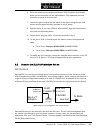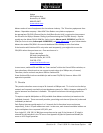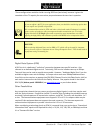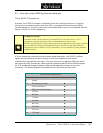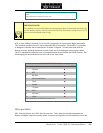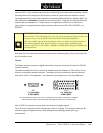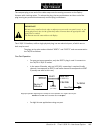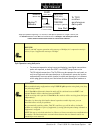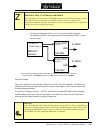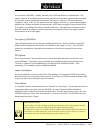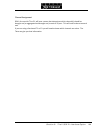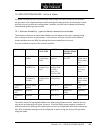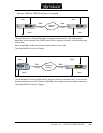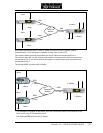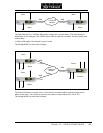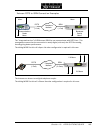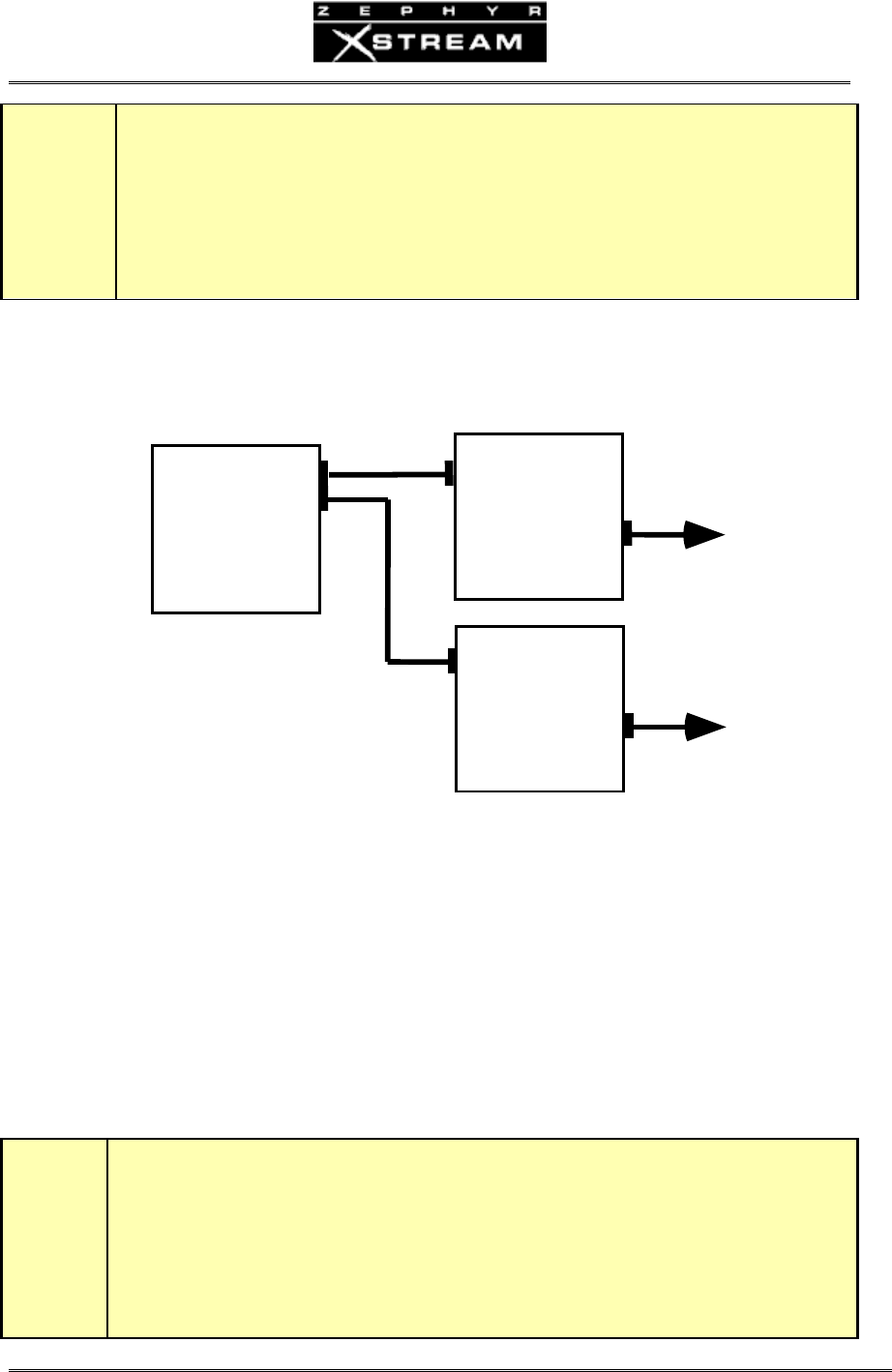
USER’S MANUAL
Section 9: The V.35/X.21 Interface Option 162
Z
ZEPHYR CLASSIC VS XSTREAM COMPARISON
Since the Zephyr does not have the L3 Dual/Mono Receive mode, data corruptions on either
data channel will cause dropouts on both audio channels. Therefore, Zephyr users
performing troubleshooting tests would need to switch to mono operation, over a single data
channel, to verify each channel separately.
• Fortwo‐portoperationintheDual/Monomode,audiochannelA
correspondstoPORT1andaudiochannelBcorrespondstoPORT2,when
bothareused.
V.35/X.21
PORTS 1 & 2
(MINI 40 p in)
ZEPHYR™
Xst re a m
DATA PORT
(V.35/X.21)
LIN E
To SW 5 6
CSU/DSU
DATA POR
T
(V.35/X.21)
LINE
To SW 5 6
CSU/DSU
Two port operation supporting 56x2 or 64x2 kbps for mono128 or Stereo operation using both
V.35/X.21 ports. The Interface selection in the TEL menu should be set to" V.35 Split"
Control Leads
Thereareanumberof“controlleads”definedintheV.35andX.21standards.CSU/DSUswill
frequentlyhaveindicatorlightsshowingthestatusofthesesignals,whichmaybeusefulwhen
troubleshootingproblems.
InthedirectionZephyrXstream‐>TA/CSU,theXstreamprovidesDTR(DataTerminalReady)
andRTS(RequesttoSend).Bothofthes
esignalsaremadeactivewhentheV.35interfaceis
selectedandtheZephyrXstreamisreadyforoperation.
h
HOT TIP!
Since the data is generally clocked from the master clock at the Telco anyway, handshaking is
unnecessary. Timing variations between the various handshake signals varies and may cause
equipment incompatibilities. If this occurs, it is entirely ok to disable handshake signals on
the CSU/DSU using the appropriate DIPswitch or command.



